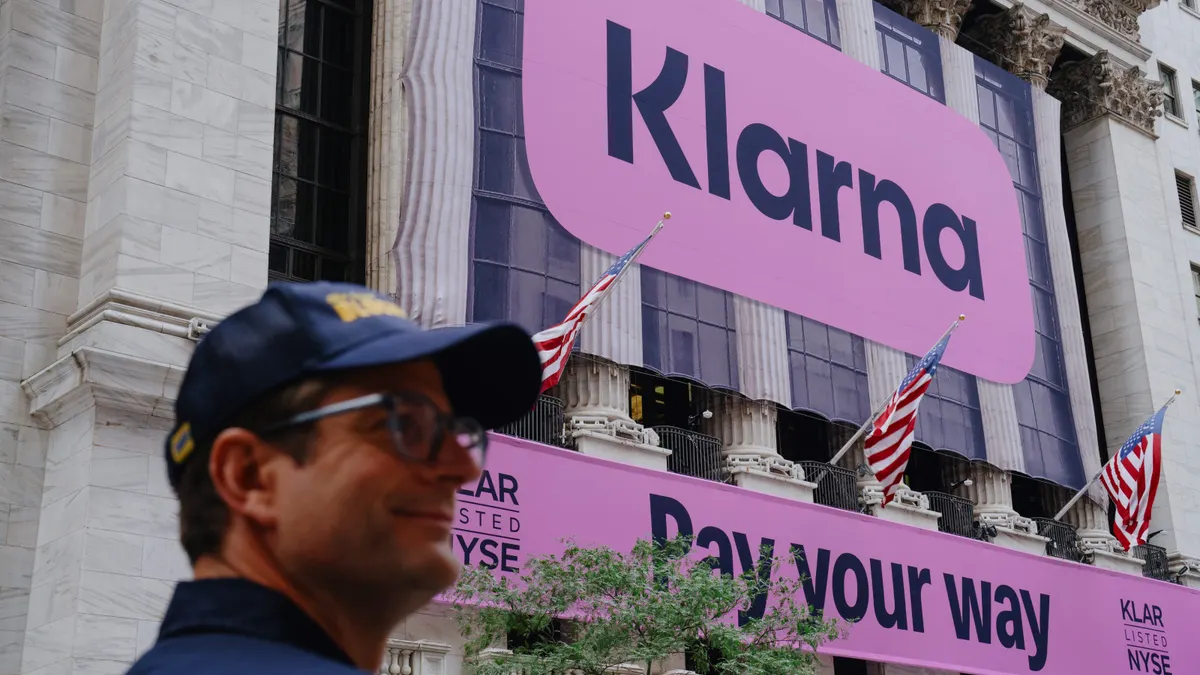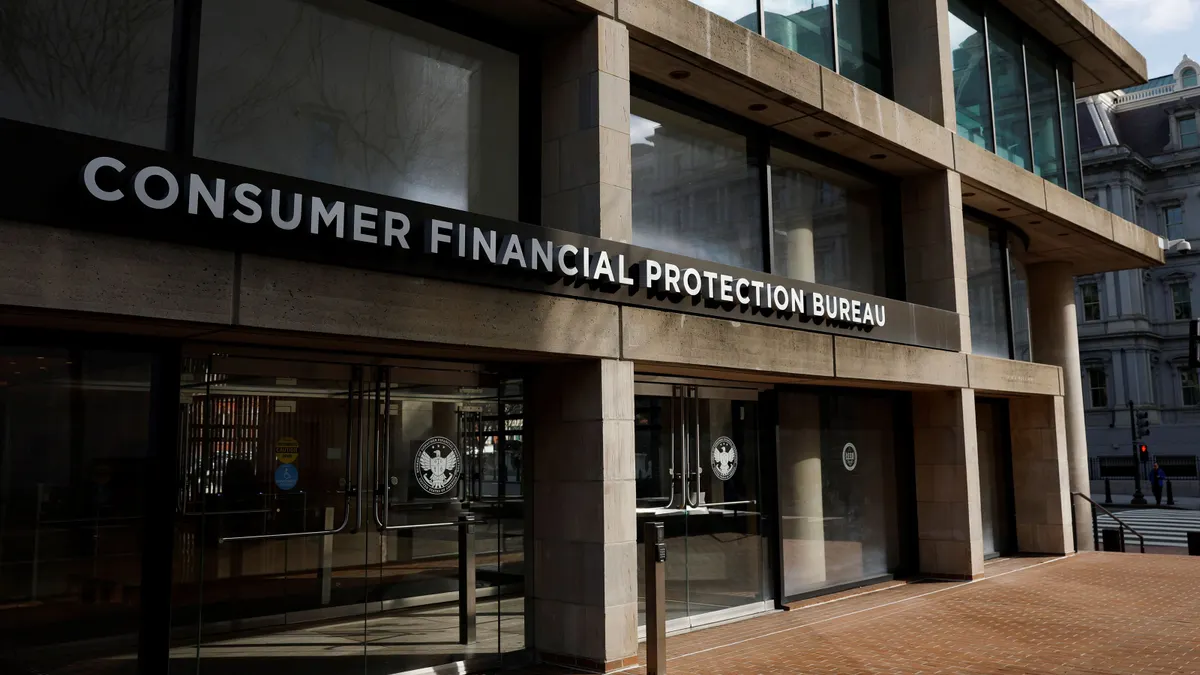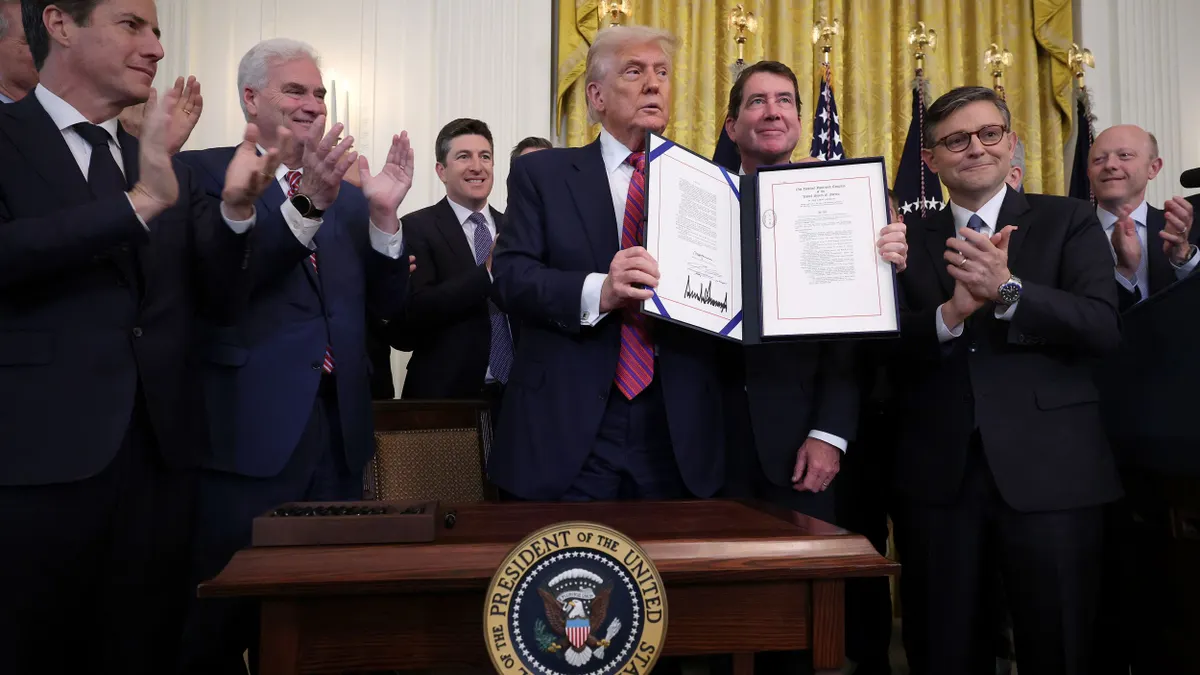Investments in payments companies dwindled for the first half of this year and the value of acquisitions in the area shrunk alongside the declining investor interest, according to data collected this month by consulting firm KPMG.
Globally, total investments plus deal values slid to $4.6 billion for the first half of the year, with just 242 completed acquisitions, said a KPMG report published earlier this month. That was well below the halfway mark for past three years, which in total tallied $30.8 billion, $17.7 billion and $60.3 million, respectively. The values reflected the amount of money venture capital and private equity firms invested in payments companies for the period, plus the value of acquisitions in the sector.
The report didn’t have the prior half-year figures, but said the results for the first half were the lowest in more than a decade, mainly because of a decline in big acquisitions.
“There's a pretty big pullback in the market overall,” the consulting firm’s payments strategy leader, Jonathan Langlois, said in an interview this month. “You're seeing a little bit less pullback in the U.S.”
The report echoed his thoughts, with a decline in the closing of billion-dollar deals. “The payments space meanwhile saw investment falter amid the lack of significant consolidation megadeals,” the Aug. 12 report said.
The U.S. hasn’t fared much better, though, and generally investments in payments companies is stronger in some other parts of the world, including Southeast Asia, Latin America and Africa, “where a combination of mobile-first behavior and infrastructure leaps are unlocking new growth opportunities,” the report said.
The broader fintech industry mirrored the downward trend of its payments subcategory. That included the U.S. fintech area attracting $20.9 billion across 889 investments and deals for the first half, dropping from $26.7 billion across 929 deals for the first half of 2024, according to the report.
The tepid macroeconomic climate likely put a damper on investments and acquisitions. “There's just this pent-up demand, but it's got to be at the right time, in terms of interest rate environment, and the broader macroeconomic themes,” Langlois said.
He also reiterated what industry professionals have been saying for a couple years now, namely that investors are less willing than they were to invest in businesses that have no profits and aren’t concentrating in healthy, central areas of the payments sector.
“They're really starting to focus on those core offerings, and less so the speculative plays on the periphery,” Langlois said.
That’s partly tied to some private equity funds having more difficulty drawing the level of investments they have in the past, with venture capital funds following suit. In other words, investors and the fund managers are seeking a more certain return on their investments from profitable companies that have the wherewithal to scale. Private equity and strategic buyers are seeking a “guaranteed revenue growth story,” Langlois said.
The retrenchment was particularly acute for the U.S. payments landscape in the business-to-business area. “B2B payments were a hot topic for a number of years, but interest appears to be waning for the moment given the lack of significant examples of startups who have been able to capitalize on the economics of the space,” the KPMG report said regarding the U.S.
By contrast, cryptocurrencies and related digital assets were the bright spot in the fintech realm in terms of investments for the first half. That’s probably related to the build up ahead of President Donald Trump signing the Genius Act last month, ushering in a new regulatory regime for the digital assets such as bitcoin and tether, as well as stablecoins like Circle Internet Group’s USDC.
The digital asset area of fintech, including cryptocurrencies like bitcoin and stablecoins, attracted the most money globally for the half year, landing a whopping $8.4 billion, compared to $10.7 billion for all of 2024.
Langlois marveled at how quickly the fintech industry is focusing on cryptocurrencies, saying bank clients, even small institutions, are very interested in better understanding the niche. They’re particularly interested in how to handle anti-money laundering, know-your-customer procedures and a host of other related legal issues, and wondering whether the current legal framework will persist, he said.
“I have never seen something take over the focus of an industry as fast as stablecoin,” Langlois said, noting he has been in the industry for 20 years.
As for crypto payments applications, Langlois said he believes cross-border use cases make the most sense, mainly because of the cost reduction for consumers and businesses alike.
Overall, the fintech and payments environment saw few acquisitions completed during the first half, parroting the overall decline in investments, with investment firms and companies pulling back from acquisitions.
Still, the KPMG report pointed to a possible resurgence in M&A activity for the second half of the year as the firm continues to believe payments will be a magnet for money. Specifically, fraud detection powered by artificial intelligence and payment orchestration are expected to be compelling in the future.
Despite the waning of B2B in the U.S. region for the first half, business-to-business applications will still be an attractive area generally for investors, KPMG said. In some areas of the world, there are a “growing number of fintechs targeting B2B payments and ‘office of the CFO’ to reduce costs, increase efficiencies, and cut down on intermediaries,” according to the report. Payments in health care will be another target.
Overall, the consulting firm predicts that the payments industry will flourish as digitizing transactions are “seen as a growth opportunity for multinational companies and fintech-as-a-service providers,” the KPMG report said.


















